With the continuous advancement of 3D technology, glasses-free 3D (also known as 3D glasses-free) and traditional 3D have become two distinct options for viewers. So, what exactly are the differences? In this article, we will analyze the key differences between glasses-free 3D and traditional 3D, helping you understand which technology might suit your needs better.
What is Glasses-Free 3D?
Glasses-free 3D, also called 3D glasses-free, is a display technology that enables viewers to experience 3D effects directly on the screen without the need for 3D glasses. Using special displays and image processing techniques, glasses-free 3D allows users to perceive depth and three-dimensional effects without wearing glasses. This technology is already being implemented in devices like smartphones, tablets, and 3D-enabled TVs, offering a more intuitive 3D viewing experience.
What is Traditional 3D?
Traditional 3D technology relies on 3D glasses, which are typically polarized or shutter glasses. Such glasses permit the two eyes to see different images, thereby creating the 3D effect. This technology has been widely used in cinemas, home 3D TVs, video games, and more.

Key Differences Between Glasses-Free 3D and Traditional 3D
The table below compares glasses-free 3D and traditional 3D in several key areas to help you better understand their differences:
| Comparison Point | Glasses-Free 3D | Traditional 3D |
| Viewing Experience | No glasses required; 3D effects visible directly on the screen | Requires specialized 3D glasses |
| Device Requirements | Requires devices supporting glasses-free 3D (e.g., 3D TVs, smartphones) | Requires traditional 3D TVs, cinema equipment, and 3D glasses |
| Technology Principle | Uses parallax screens or light-field display technology to project different images to each eye | Uses polarized or shutter technology to deliver separate images to each eye |
| Comfort and Health | No glasses, more comfortable to watch, though viewing angle may be limited | Glasses may cause discomfort, especially during prolonged use |
| Applications | Suitable for small devices (e.g., smartphones, tablets, glasses-free 3D TVs) | Widely used in cinemas, home entertainment, gaming, etc. |
1. Viewing Experience
- Glasses-Free 3D: The most prominent aspect of glasses-free 3D is the fact that you do not need to wear glasses. You can watch the screen directly and experience the 3D effects. This is especially ideal for small devices like smartphones, tablets, and glasses-free 3D TVs. However, the 3D effect often requires the viewer to maintain an optimal viewing angle and distance to achieve the best results.
- Traditional 3D: Watching traditional 3D requires wearing special 3D glasses, which may affect the viewing experience. Although the comfort of 3D glasses has improved over time, wearing them for long periods may still lead to discomfort or eye strain, especially in home settings.
2. Device Requirements
- Glasses-Free 3D: Glasses-free 3D technology requires specific devices, and currently, the technology isn’t widely available, which means the cost of such devices can be higher. Only devices with glasses-free 3D capabilities, like certain high-end TVs, smartphones, and tablets, can provide this experience.
- Traditional 3D: Traditional 3D technology is more widespread, with devices like 3D TVs, cinemas, and home 3D projectors being widely available. Most 3D cinemas and home entertainment systems are compatible with traditional 3D, but users still need to purchase and wear glasses.
3. Technology Principle
- Glasses-Free 3D: Glasses-free 3D uses parallax screens or light-field display technology, which presents different images to each eye on the display. This technology creates depth by leveraging the natural parallax effect of human vision.
- Traditional 3D: Classic 3D passes one image to each eye through glasses. For example, polarized glasses filter the images in different directions, while shutter glasses alternate the images rapidly between each eye to create the 3D effect.
4. Comfort and Health
- Glasses-Free 3D: Since no glasses are required, glasses-free 3D provides a more comfortable viewing experience, without any discomfort or pressure. However, some viewers may experience slight discomfort or eye strain if they’re not positioned in the ideal viewing angle.
- Traditional 3D: Wearing glasses while watching traditional 3D can lead to discomfort, fatigue, or dizziness, particularly for prolonged viewing. For individuals with vision issues, wearing glasses might negatively impact the 3D effect.
Advantages and Challenges of Glasses-Free 3D

Advantages:
- Convenience: The main advantage of glasses-free 3D is the convenience of not needing glasses, allowing viewers to enjoy 3D content anytime, anywhere.
- Innovative Technology: Glasses-free 3D offers a more immersive viewing experience, especially for personal entertainment devices like smartphones, tablets, and TVs.
- Seamless Experience: No need to worry about different types of 3D glasses; you can enjoy the content directly, which is particularly useful for home entertainment and small devices.
Challenges:
- Viewing Angle Limitations: Glasses-free 3D technology requires an optimal viewing angle and distance, meaning some viewers may not be able to experience the best 3D effect.
- Cost of Technology: Glasses-free 3D displays require high-resolution and specialized technology, making the devices more expensive, and they are not as widely available as traditional 3D systems.
Conclusion
The difference between glasses-free 3D and traditional 3D extends beyond just the viewing experience; it also involves device requirements, technology principles, and comfort levels. Glasses-free 3D’s most notable advantage is the ability to enjoy 3D effects without glasses, offering a more convenient and innovative experience, while traditional 3D still relies on mature glass-wearing technology for delivering stable 3D effects. Depending on individual needs, choosing the right technology can enhance the overall entertainment experience.
As glasses-free 3D technology advances, it’s set to revolutionize the way we experience 3D content. With its convenience and immersive experience, it could become the go-to choice for home entertainment. At 3D METAVERSE, we offer cutting-edge glasses-free 3D solutions to enhance your viewing experience. If you are interested in glasses-free 3D, or if you have any questions, please feel free to contact us.





